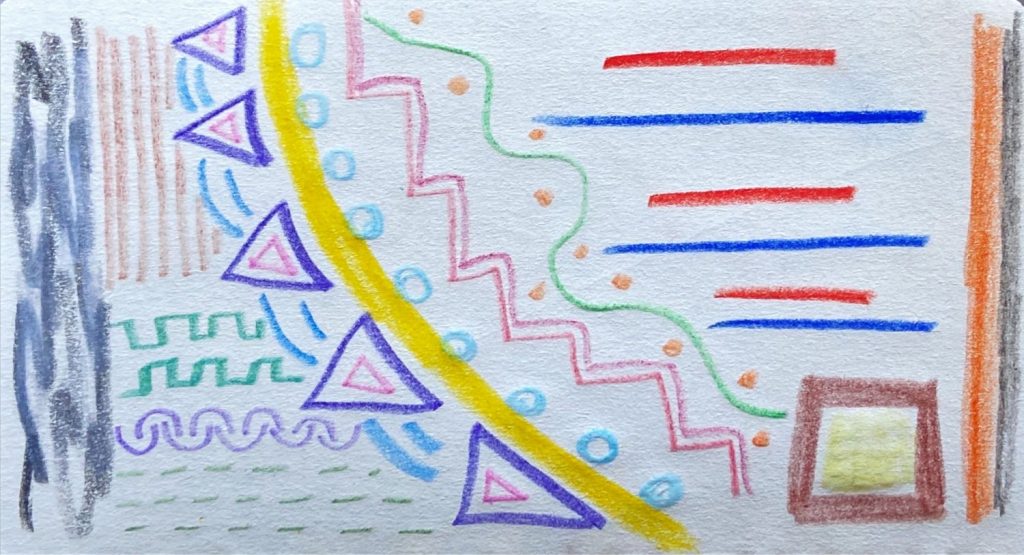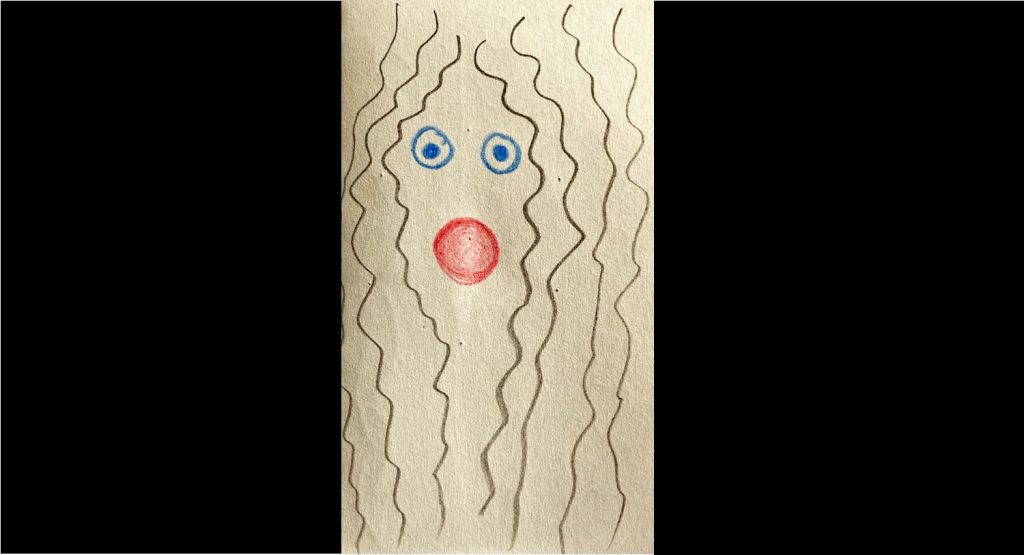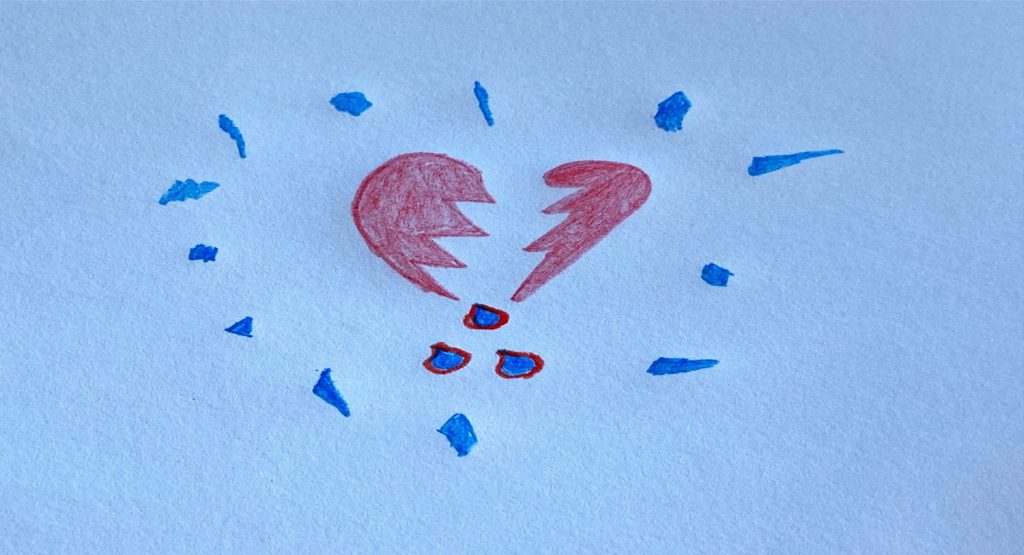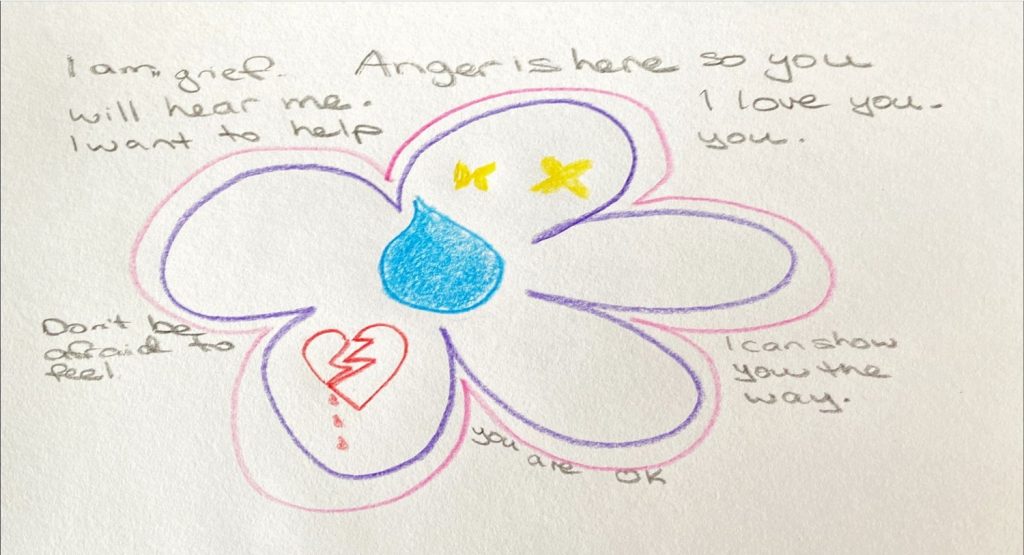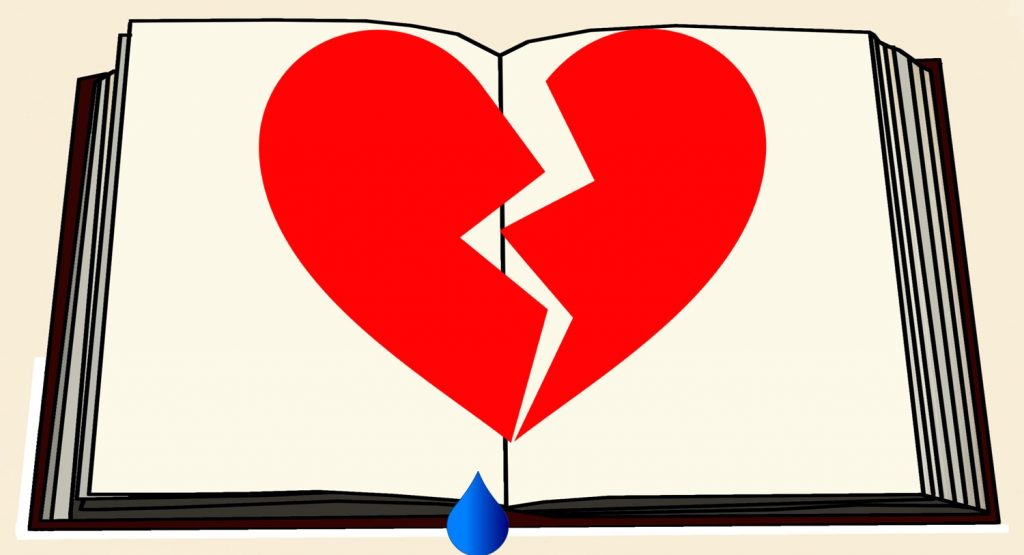
If you look at the grief of loss as a learning experience then it is easier to understand the length of time it takes. This is particularly so if you consider that learning is a lifetime pursuit.
LOSS OF NORMAL ROUTINES
One of the really disorienting aspects of grief is the loss of normal routines and events of life when someone you love dies.
This is especially so if this person was very present in your life. The more your life intersected theirs, the more the disruption of normal routines and events.
With time, new normal routines are formed. Of course, that does not solve the pain over the absence in your life of that person you loved.
The process of finding those new normal routines is what the first period of grief is about. That is the part where life is most disrupted and there is a struggle to just get through each day.
YOUR BRAIN LEARNING NEW ROUTINES
This is the period of greatest learning. It is about learning to adjust everything in you and your life to match the new environment you find yourself in.
Before you think that sounds like an insurmountable thing to achieve, consider the fact that your brain knows exactly what to do. Every day of your life you have to adjust to things that are changing.
• You have to adjust to the weather when getting dressed.
• You have to adjust to the need to keep dry when it is raining.
• You may have to drive a different route home because of a road closure.
• You can’t find what you want at the shops and have to find something else instead.
• Someone at work may leave, or someone new may start.
• You may be more challenged by starting a new job or moving house.
NEURAL PATHWAYS IN YOUR BRAIN
These are just some examples of the way your brain has to constantly adjust to changes.
Some changes are more difficult to adjust to than others. You may not see those changes as difficult. If you start a new job, your brain has to adjust to that routine. But you will more likely see this as exciting and a bit stressful. The same applies to moving house.
Other changes may not be exciting. When someone you love dies that is not an exciting thing initially.
WHEN ROUTINE CATCHES YOU UP
We are creatures of habit and our brains ensure we are by establishing neural pathways that lead us to follow habits of thought and action.
An example of this is waking up in the morning. Assuming you are at home, you expect to open your eyes and see the same room, the same view, the same people. If the person who has always slept beside you is gone that is a shock. Your neural pathways are telling you to expect certain things in the morning and one of those expectations is not met.
So you wake up, they are not there, and you experience the crushing reality of their absence.
NEURAL PATHWAYS TAKE TIME TO FORM
It takes time for neural pathways to form. The usual estimate for adults is three months. So for roughly three months you will experience that crushing reality every day.
And this pattern is repeated throughout the day.
Small wonder you find it hard to cope.
This forming of new neural pathways is learning. This learning is the major task your brain undertakes as you grieve.
GRIEF SHATTERS THE PREDICTABILITY OF YOUR WORLD
When your loved one dies your nice predictable world is shattered. It doesn’t exist anymore. Those early months and maybe years after a loved one’s death is a time of learning to find a new predictable world to replace the old one.
Not only does grief shatter our predictable world, it can shatter our sense of who we are. We are built for relationships. We love the people we are in relationship with. Part of that love is forming an identity that includes the people we love. If one of those people dies, then our sense of self is also shattered.
THE ROLE OF MEMORY IN GRIEF
Memory plays a huge part in how we relate to others and therefore how we grieve.
We use our life experiences in living our lives. Our memories of past experiences teach us to fear things that in the past were dangerous. They teach us to predict the outcome of an event based on past experience of similar events. That is sometimes referred to as pattern matching and it is often used in our brain’s defence systems.
PATTERN MATCHING IN YOUR BRAIN
Pattern matching is never exact or our brains would rarely be able to predict danger. Pattern matching works by looking for similarities in order to predict danger.
Pattern matching is also used to predict good things. If you see your loved one, pattern matching may lead you to predict they will smile, kiss and hug you.
These pattern matches are neural pathways that also need to change. So you will find it hard learning to feel that your loved one is dead. You will see someone in a crowd and you will be sure they are your loved one.
This pattern match may also be present in that your first reaction when something happens is to text or call your loved one to tell them about it. Then there is the crushing realisation that they aren’t there.
UNLEARNING AND BUILDING NEW NEURAL PATHWAYS
Unlearning that pattern match is another thing your brain has to do.
So many people who have lost a loved one report a strong desire to be with the person who has died. This is another example of neural pathways that are yet to be rebuilt. You are hurting and your brain is offering up a solution – contact with the person your love. Unfortunately, the brain hasn’t quite registered they are not there. Well, the part that yearns hasn’t registered that.
Over time, new neural pathways form and it is possible to live without such constant pain. You will wake up in the morning and know they are not there anymore. You will learn a new sense of self. You will know not to call or text your loved one.
You will never stop loving that person. The pain of their absence will never go away. What will happen is that the love and pain will exist alongside the need to live in the here and now.
As you live through the time of your brain learning new ways of living, be patient with yourself. You are doing great. It will eventually get better. You will learn how to live again.
If you would like to talk to me about how I can help you with your grief learning, please contact me on 0409396608 or nan@plentifullifecounselling.com.au
If you would like to learn more, I write a regular newsletter with interesting information, tips, information on courses, and the occasional freebie. At the moment I have a free mindfulness meditation for anyone who signs up to my newsletter. This meditation offers a way to safely explore your feelings and learn to be okay with them. If you would like to subscribe please click on the link here: http://eepurl.com/g8Jpiz

